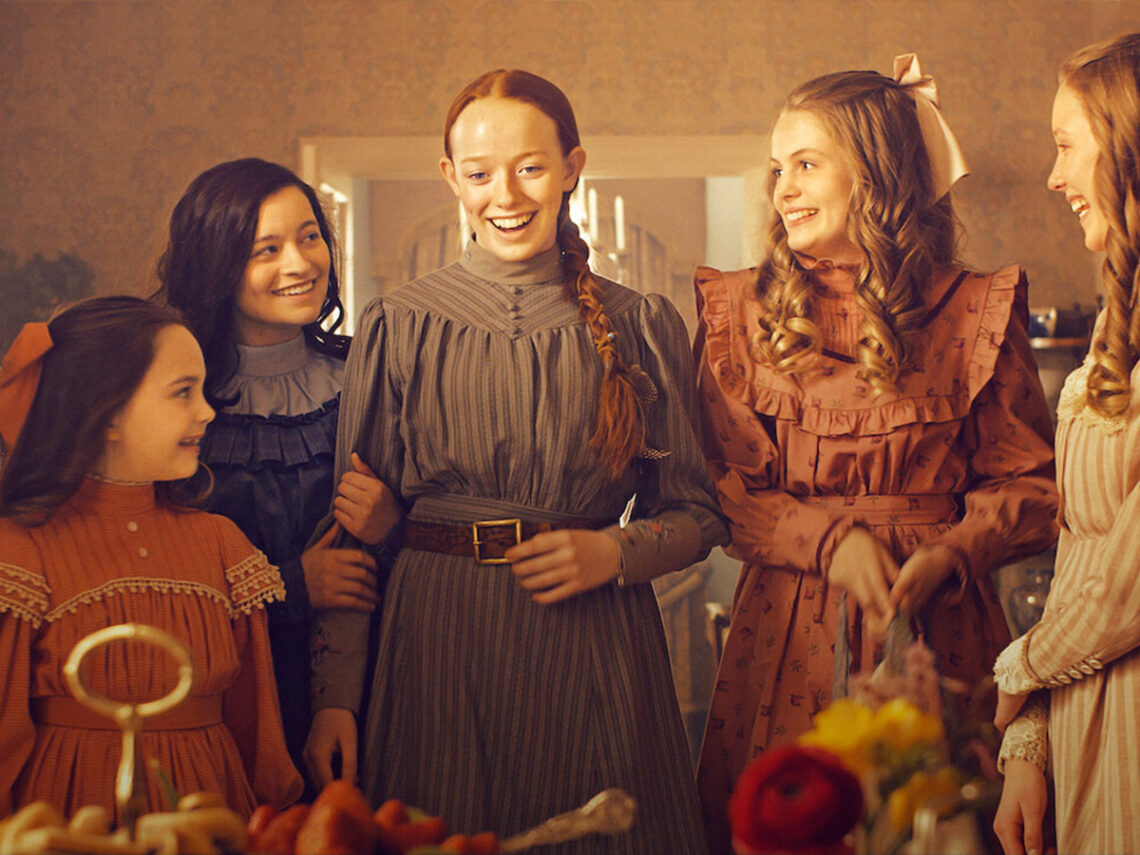
‘Anne with an E’: If therapy were a show, it would look exactly like this
You would not expect a 19th-century Canadian orphan to teach you emotional regulation. But Anne with an E does exactly that. This Netflix show sneaks up on you with its poetic dialogue and pastoral charm, only to leave you unpacking your childhood wounds three episodes in. This is not just a story about a red-haired girl in puffed sleeves. It is a quiet, persistent exploration of healing, identity, and belonging.
Set in the remote town of Avonlea, the show follows Anne Shirley, a spirited teenager adopted by mistake. What begins as a tale of misfit redemption slowly grows into a series that mirrors therapy itself. There is no grand transformation overnight. Just messy progress, complicated feelings, and a whole lot of learning how to be soft in a world that asks you to be hard.
Anne does not hide her scars. She talks too much, imagines too wildly, and reacts with fierce emotion to rejection and cruelty. Her behaviour is not always graceful, but it is painfully honest. Watching her is like watching the raw, unfiltered self many of us suppress in daily life. And that is what makes her so relatable. In a world where people often bottle up pain, Anne expresses it, not always perfectly, but always sincerely.
Each episode peels back the emotional layers of its characters. Whether it is Marilla’s quiet regret, Matthew’s awkward kindness, or Diana’s silent struggle to meet societal expectations, Anne with an E gives space to every form of emotional tension. It does not rush to resolve things. It lets feelings simmer. The healing in the show happens in conversations, in mistakes, in forgiveness, and in the simple act of being seen.
The themes the show tackles are also surprisingly modern for a period drama. Bullying, sexism, racism, trauma, and mental health are explored with sensitivity and nuance. Anne fights for her place in a world that often tells her she does not deserve one. And yet, she never stops dreaming. That insistence on imagining a better world for herself and for others is what makes the show so quietly revolutionary.
What also stands out is how the community around Anne evolves alongside her. Avonlea is not just a backdrop; it is a living character. The people who once dismissed her as wild or improper slowly began to see her strength. They do not fix her. They simply make space for her. That shift, subtle but consistent, is what healing often looks like, not grand apologies, but quiet acknowledgements.
There is something therapeutic about how the show treats growth. Anne’s journey is not smooth. She stumbles, says the wrong thing, and gets carried away. But each mistake is met with reflection, not punishment. And that is the essence of therapy: the permission to fail and still move forward. To unlearn shame and embrace change, one imperfect step at a time.
What makes Anne with an E so powerful is its ability to make you feel less alone. It reminds you that being misunderstood does not mean being unworthy. That having a loud heart and too many thoughts is not something to be tamed but something to be celebrated.
In the end, this is not just a coming-of-age story. It is a show about healing, about finding your voice, and about building a home not just in a place but within yourself.